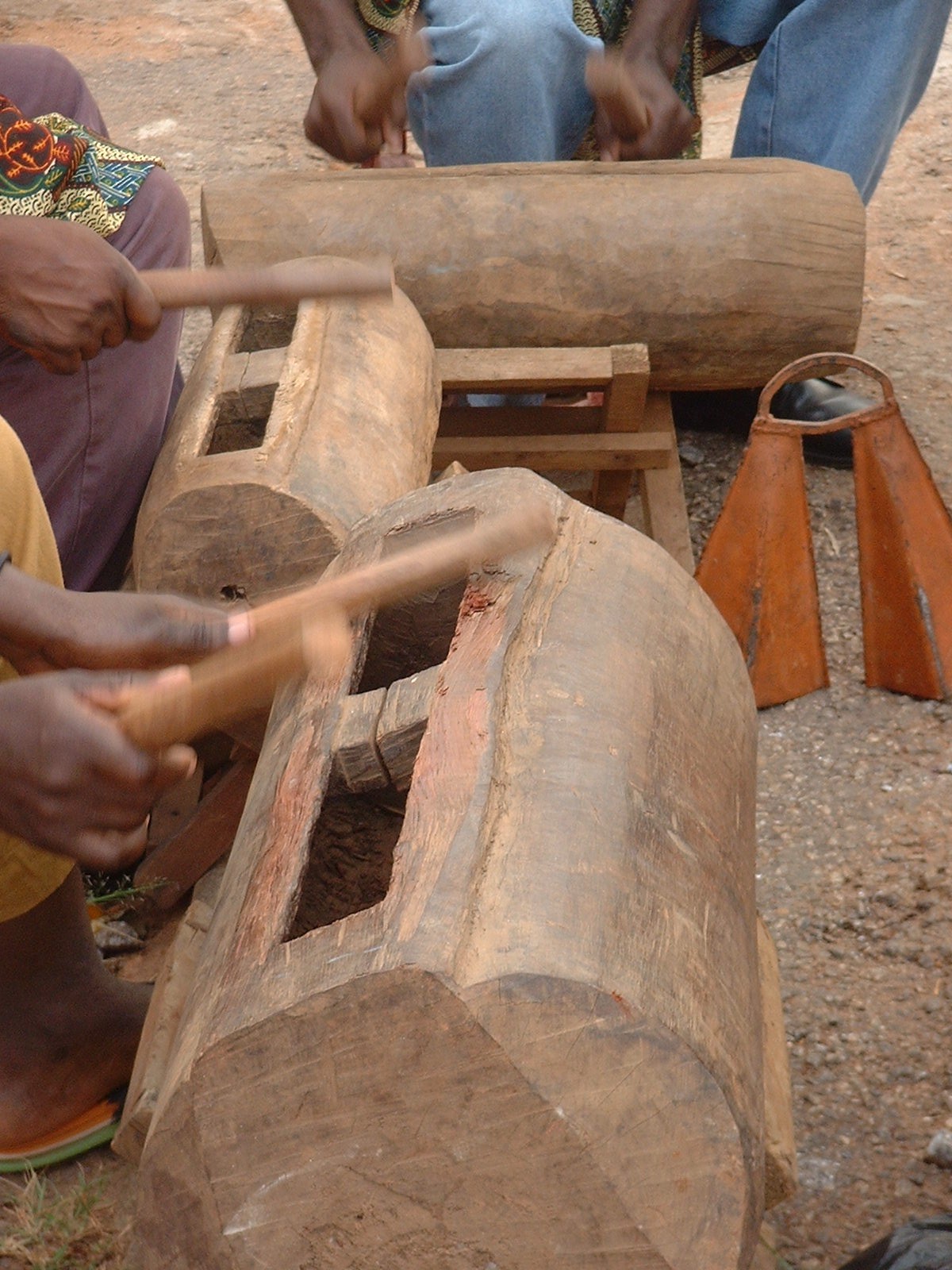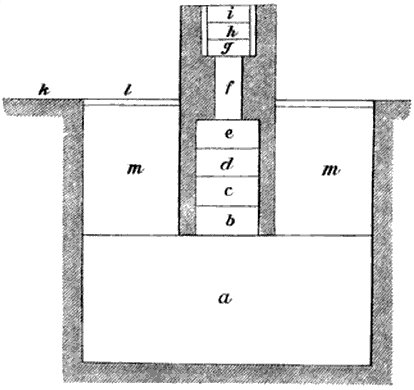|
Katukinaru Language
Catuquinarú is the extinct and unclassified language of the Catuquinaru tribe of Brazil, preserved in a few words collected by Jose Bach and published by G. E. Church in 1898. The name is a common derivative of '' Catuquina''. Loukotka includes it among the Tupi languages, describing the people as Tupinized Catuquina. However, the little preserved vocabulary does not resemble that of the Tupi languages, Catuquinan languages, or Panoan languages Panoan (also Pánoan, Panoano, Panoana, Páno) is a family of languages spoken in Peru, western Brazil, and Bolivia. It is possibly a branch of a larger Pano–Tacanan family. Genetic relations The Panoan family is generally believed to be relat ... (compare Panoan Catuquina). The following words are given by Loukotka: :''taka-su'' 'head' :''saña'' 'tooth' :''punü'' 'hand' :''uhehü'' 'water' Bach reported that the Catuquinaru used a coded version of their language to communicate over distances of up to 1.5 km via drums called ... [...More Info...] [...Related Items...] OR: [Wikipedia] [Google] [Baidu] |
Brazil
Brazil ( pt, Brasil; ), officially the Federative Republic of Brazil (Portuguese: ), is the largest country in both South America and Latin America. At and with over 217 million people, Brazil is the world's fifth-largest country by area and the seventh most populous. Its capital is Brasília, and its most populous city is São Paulo. The federation is composed of the union of the 26 States of Brazil, states and the Federal District (Brazil), Federal District. It is the largest country to have Portuguese language, Portuguese as an List of territorial entities where Portuguese is an official language, official language and the only one in the Americas; one of the most Multiculturalism, multicultural and ethnically diverse nations, due to over a century of mass Immigration to Brazil, immigration from around the world; and the most populous Catholic Church by country, Roman Catholic-majority country. Bounded by the Atlantic Ocean on the east, Brazil has a Coastline of Brazi ... [...More Info...] [...Related Items...] OR: [Wikipedia] [Google] [Baidu] |
Amazonas (Brazilian State)
Amazonas () is a state of Brazil, located in the North Region in the northwestern corner of the country. It is the largest Brazilian state by area and the 9th largest country subdivision in the world, and the largest in South America, being greater than the areas of Uruguay, Paraguay, and Chile combined. Mostly located in the Southern Hemisphere, it is the third largest country subdivision in the Southern Hemisphere after the Australian states of Western Australia and Queensland. Entirely in the Western Hemisphere, it is the fourth largest in the Western Hemisphere after Greenland, Nunavut and Alaska. It would be the sixteenth largest country in land area, slightly larger than Mongolia. Neighbouring states are (from the north clockwise) Roraima, Pará, Mato Grosso, Rondônia, and Acre. It also borders the nations of Peru, Colombia and Venezuela. This includes the Departments of Amazonas, Vaupés and Guainía in Colombia, as well as the Amazonas state in Venezuela, and ... [...More Info...] [...Related Items...] OR: [Wikipedia] [Google] [Baidu] |
Unclassified Language
An unclassified language is a language whose genetic affiliation to other languages has not been established. Languages can be unclassified for a variety of reasons, mostly due to a lack of reliable data but sometimes due to the confounding influence of language contact, if different layers of its vocabulary or morphology point in different directions and it is not clear which represents the ancestral form of the language. Some poorly known extinct languages, such as Gutian and Cacán, are simply unclassifiable, and it is unlikely the situation will ever change. A supposedly unclassified language may turn out not to be a language at all, or even a distinct dialect, but merely a family, tribal or village name, or an alternative name for a people or language that is classified. If a language's genetic relationship has not been established after significant documentation of the language and comparison with other languages and families, as in the case of Basque in Europe, it is ... [...More Info...] [...Related Items...] OR: [Wikipedia] [Google] [Baidu] |
Tupi–Guarani Languages
Tupi–Guarani () is the most widely distributed subfamily of the Tupian languages of South America. It consists of about fifty languages, including Guarani and Old Tupi. The words ''petunia, jaguar, piranha, ipecac, tapioca, jacaranda, anhinga, carioca'', and ''capoeira'' are of Tupi–Guarani origin. Classification Rodrigues & Cabral (2012) Rodrigues & Cabral (2012) propose eight branches of Tupí–Guaraní: *Guaraní (Group I) * Guarayu (Group II): Guarayu, Pauserna**, Sirionó (dialects: Yuqui, Jorá**) *Tupí (Group III): Old Tupi (lingua franca dialect: Tupí Austral), Tupinambá (dialects: Nheengatu, Língua Geral as lingua franca, and Potiguára), Cocama–Omagua*, Tupinikin** * Tenetehara (Group IV): Akwáwa (dialects: Asuriní, Suruí do Pará, Parakanã), Avá-Canoeiro, Tapirapé, Tenetehára (dialects: Guajajara, Tembé), Turiwára * Kawahíb (Group VI): Apiacá, Kawahíb (numerous varieties; incl. Piripkúra, Diahói?), Kayabí, Karipúna, ? Uru-Pa-I ... [...More Info...] [...Related Items...] OR: [Wikipedia] [Google] [Baidu] |
Catuquinan Languages
Katukinan (Catuquinan) is a language family consisting of two languages in Brazil, Katukina-Kanamarí and the perhaps moribund Katawixi. It is often not clear which names in the literature, which are generally tribal names and often correspond to dialects, refer to distinct languages. Indeed, they're close enough that some consider them all to be dialects of a single language, Kanamari (Fabre 2005). Campbell (2012) note that Adelaar "presents reasonably persuasive evidence that Harákmbut and Katukinan are genetically related." Language contact Jolkesky (2016) notes that there are lexical similarities with the Jivaro, Máku, Mura-Matanawi, Puinave-Nadahup, Taruma, Tupi, Yanomami, and Arawak language families due to contact. This suggests that Katukinan and the language families with which it was in contact with had been earlier spoken within a central Amazon interaction sphere. Languages and dialects Many ethnic Katukina had shifted to other languages by the time of Eur ... [...More Info...] [...Related Items...] OR: [Wikipedia] [Google] [Baidu] |
Panoan Languages
Panoan (also Pánoan, Panoano, Panoana, Páno) is a family of languages spoken in Peru, western Brazil, and Bolivia. It is possibly a branch of a larger Pano–Tacanan family. Genetic relations The Panoan family is generally believed to be related to the Tacanan family, forming with it Pano–Tacanan, though this has not yet been established (Loos 1999). Language contact Jolkesky (2016) notes that there are lexical similarities with the Kechua, Mapudungun, Moseten-Tsimane, Tukano, Uru-Chipaya, Harakmbet, Arawak, Kandoshi, and Pukina language families due to contact. Languages There are some 18 extant and 14 extinct Panoan languages.Fleck, David. 2013. Panoan Languages and Linguistics'. Anthropological Papers of the American Museum of Natural History 99. In the list of Panoan languages below adapted from Fleck (2013), (†) means extinct, and (*) obsolescent (no longer spoken daily). Dialects are listed in parentheses. *Mayoruna ** Tabatinga Mayoruna ost divergent† ... [...More Info...] [...Related Items...] OR: [Wikipedia] [Google] [Baidu] |
Panoan Catuquina Language
Waninawa, also known as Kamanawa and Panoan Katukína, is a Panoan language Panoan (also Pánoan, Panoano, Panoana, Páno) is a family of languages spoken in Peru, western Brazil, and Bolivia. It is possibly a branch of a larger Pano–Tacanan family. Genetic relations The Panoan family is generally believed to be relat ... of Brazil. Dialects are ''Katukina of Olinda, Katukina of Sete Estreles,'' and the extinct ''Kanamari'' (cf. Kanamari) (Fleck 2013). References {{Pano-Tacanan languages Panoan languages ... [...More Info...] [...Related Items...] OR: [Wikipedia] [Google] [Baidu] |
Drums In Communication
Developed and used by cultures living in forested areas, drums served as an early form of long-distance communication, and were used during ceremonial and religious functions. Types Talking Drum While this type of hourglass-shaped instrument can be modulated quite closely, its range is limited to a gathering or market-place, and it is primarily used in ceremonial settings. Ceremonial functions could include dance, rituals, story-telling and communication of points of order. Some of the groups of variations of the talking drum among West African ethnic groups: *Tama (Wolof of Senegal) *Gan gan, Dun Dun (Yoruba of Nigeria and eastern Benin) *Dondo (Akan of central Ghana and Cote d'Ivoire) *Lunna ( Dagomba of northern Ghana; Mossi of Burkina Faso) *Kalangu (Hausa of northern Nigeria, Niger, northern Ghana, Benin and Cameroon) *Doodo ( Songhai and Zarma of Mali, Burkina Faso, and Niger) In the 20th century the talking drums have become a part of popular music in West Africa, ... [...More Info...] [...Related Items...] OR: [Wikipedia] [Google] [Baidu] |
Cambarysu
The cambarysu was a drum which Jose Bach said he saw the Catuquinaru tribe of Brazil Brazil ( pt, Brasil; ), officially the Federative Republic of Brazil (Portuguese: ), is the largest country in both South America and Latin America. At and with over 217 million people, Brazil is the world's fifth-largest country by area ... use, when he visited them in 1896–97, to communicate between villages": telefono dei Catuquinarú p'' (1898)''Nordisk tidskrift för vetenskap, konst och industri'' (1899), edited by Claes Annerstedt, Oscar MonteliusRichard Hennig, ''Telegraphensysteme der Naturvoelker'', in ''Prometheus: Illustrierte Wochenschrift über die Fortschritte'', volume 20, number 1013 (24 March 1909) It consisted of a hollow palm-wood cylinder about 1 m deep and 40 cm in diameter, filled with a layer of fine sand at the bottom, then a layer of pieces of wood, pieces of bone, and pulverised mica, with a narrow empty space above it, capped by leather, then wood, ... [...More Info...] [...Related Items...] OR: [Wikipedia] [Google] [Baidu] |
Unclassified Languages Of South America
The following purported languages of South America are listed as unclassified in Campbell (2012), Loukotka (1968), '' Ethnologue'', and '' Glottolog''. Nearly all are extinct. It is likely that many of them were not actually distinct languages, only an ethnic or regional name. Campbell (2012) Campbell (2012:116-130) lists the following 395 languages of South America as unclassified. Most are extinct.Campbell, Lyle, and Verónica Grondona (eds). 2012. ''The indigenous languages of South America: a comprehensive guide''. Berlin: De Gruyter Mouton. Many were drawn from Loukotka (1968)Loukotka, Čestmír. 1968. ''Classification of South American Indian Languages'' Los Angeles: Latin American Studies Center, UCLA. and Adelaar & Muysken (2004).Adelaar, Willem F.H., and Pieter C. Muysken. 2004. ''The Languages of the Andes''. Cambridge: Cambridge University Press. The majority are not listed in '' Ethnologue''. The list is arranged in alphabetical order. *Aarufi – Colombia *Aburuñ ... [...More Info...] [...Related Items...] OR: [Wikipedia] [Google] [Baidu] |

